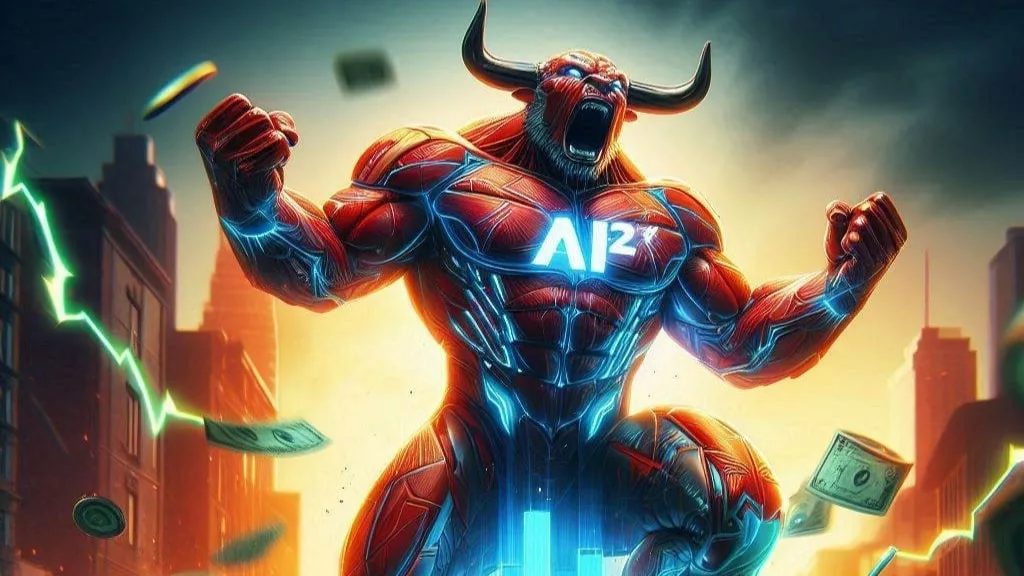
Bitcoin After reaching a notable high of approximately $66,500 last Friday, Bitcoin (BTC) has seen a downturn in its bullish momentum. Currently trading around $64,500 during the mid-London session on Monday, Bitcoin’s price has dropped over 3% in the past three days. This decline raises questions about what’s influencing the market dynamics.
September has proven to be an eventful month for Bitcoin. After experiencing a correction low of around $52,600 earlier this month, Bitcoin’s price rebounded significantly, gaining over 25% over the past four weeks. This recovery, however, seems to be losing steam as the month draws to a close.
Despite the recent rally, Bitcoin’s drop in price reflects the complex interplay of various market factors that are influencing trader sentiment and investment decisions.
As the initial fear of further crypto capitulation has faded in recent weeks, on-chain data reveals an interesting trend. Whale investors, particularly those linked to U.S. spot Bitcoin Exchange-Traded Funds (ETFs), have accelerated their accumulation efforts. Recent market data indicates that U.S. spot Bitcoin ETFs have recorded cash inflows exceeding $1.9 billion in the past three weeks.
This bullish activity initially contributed to Bitcoin’s price surge, mirroring movements in the gold market and bolstering investor appetite for Bitcoin. However, market analytics firm Santiment has observed that trends often reverse against prevailing crowd expectations. As more investors turned bullish, it raised concerns about potential corrections in the market.
With the end of September approaching, traders have been preparing for the expiration of approximately $8 billion worth of Bitcoin options. Historical trends indicate that Bitcoin’s price tends to experience heightened volatility during such expirations, which typically brings notable liquidity to the options market.
Moreover, recent on-chain analysis from Crypto Quant indicates that Bitcoin’s Open Interest market has surged to over $19 billion. This spike has been concerning for investors, as historical data shows that Bitcoin’s price has dropped each time the Open Interest exceeds $18 billion. This correlation suggests that a crowded futures market may be contributing to the current bearish sentiment.
Looking ahead, several factors may influence Bitcoin’s price trajectory. As global liquidity continues to increase, analysts anticipate that Bitcoin’s price may gradually rise. Additionally, the upcoming U.S. general elections in 2024 could serve as a bullish catalyst, as similar events have historically positively impacted market sentiment.
However, one of the more immediate effects of the current market dynamics is the notable rise of altcoins, particularly Ripple’s XRP, which has been gaining traction recently. This trend suggests a potential shift in market dominance, leading to what many analysts anticipate will be a major alt season. As Bitcoin’s dominance may reverse, altcoins could see significant inflows, drawing attention away from Bitcoin temporarily.
In summary, while Bitcoin has experienced a recent drop in price after reaching a multi-week high, several underlying factors contribute to this bearish trend. The combination of shifting crowd sentiment, a crowded futures market, and significant options expiration creates a complex market environment. As we move into October, all eyes will be on Bitcoin to see if it can regain its bullish momentum or if the altcoins will take center stage in the crypto market.
Investors should remain vigilant, as the cryptocurrency landscape is known for its volatility and rapid shifts in sentiment. Whether Bitcoin will recover or continue to face challenges in the coming weeks remains to be seen, but the factors at play suggest that this is a crucial moment for the leading cryptocurrency.



Get the latest Crypto & Blockchain News in your inbox.